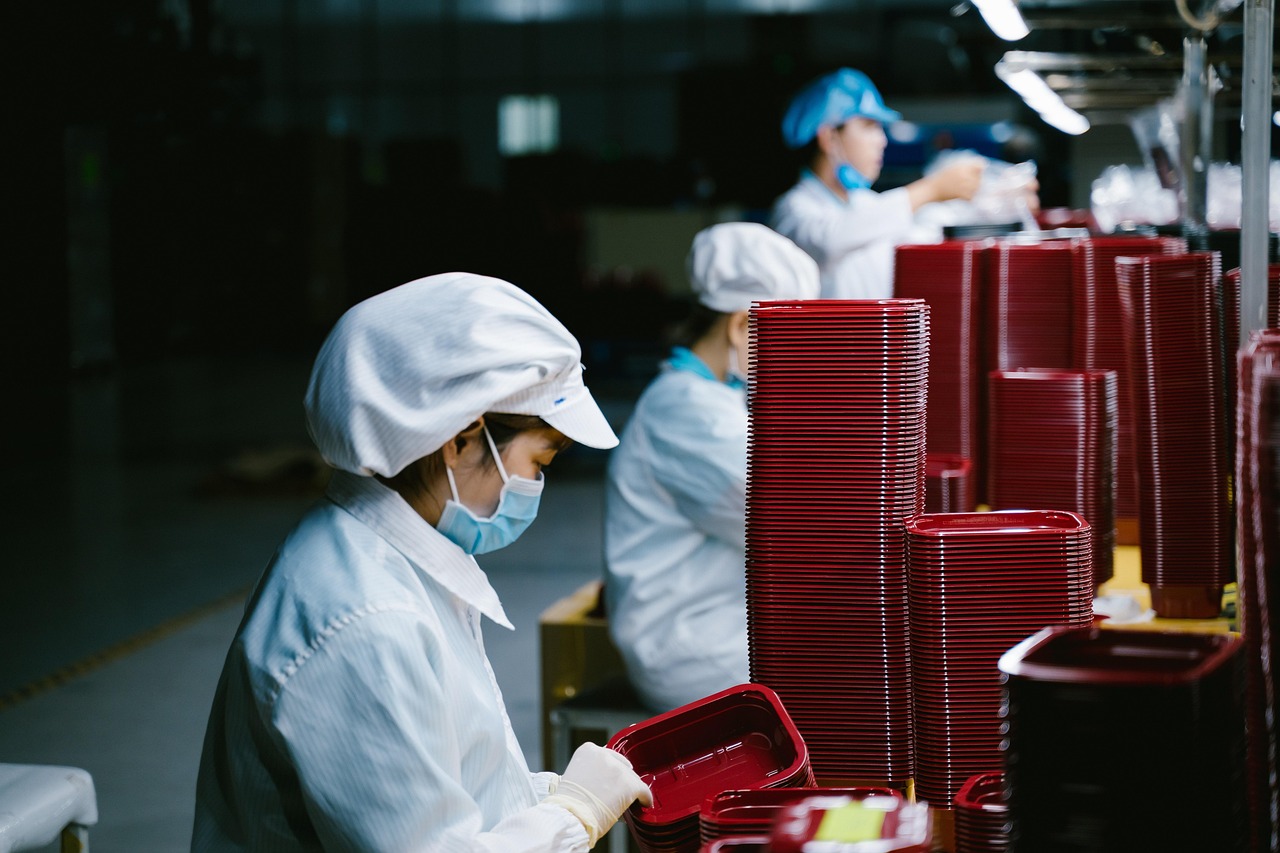Cosmetic Product Packing in Japan – Cleanroom Tasks and Assembly Line Work
Cosmetic packing in Japan involves repetitive but structured work, such as labeling, sealing, and placing items into packages. Cleanroom standards and clear daily schedules support predictable routines, allowing non-native workers to follow tasks with minimal language use.

What Does Repetitive Assembly and Packing Work Involve?
Cosmetic product packing in Japanese manufacturing facilities typically consists of systematic, repetitive tasks performed at specific stations along an assembly line. Workers may be assigned responsibilities such as inspecting products for defects, applying labels to containers, securing caps or pumps to bottles, placing items into primary packaging, or arranging finished products into secondary packaging for shipping. These tasks are designed to be straightforward and repetitive to ensure consistency and efficiency.
The work pace is usually dictated by the assembly line speed, which is set to maintain production quotas while allowing workers to perform their assigned tasks properly. While the repetitive nature might seem monotonous, this structure creates predictability that makes these positions accessible to workers regardless of their Japanese language proficiency.
How Are Cleanroom Protocols Implemented in Cosmetic Manufacturing?
Cleanroom environments are fundamental to cosmetic manufacturing in Japan, where strict hygiene practices maintain product safety and quality. Before entering production areas, workers typically follow standardized preparation procedures that may include:
-
Changing into facility-provided uniforms or cleanroom suits
-
Applying hairnets, face masks, and sometimes gloves
-
Passing through air showers that remove particles from clothing
-
Washing and sanitizing hands according to specific protocols
-
Using sticky mats to remove particles from footwear
Inside the cleanroom, workers must adhere to movement restrictions, avoid touching face or hair, and follow specific cleaning routines for workstations. The highly structured nature of these environments means that protocols are typically demonstrated visually and through simple instructions, making them accessible to workers with limited Japanese language skills.
How Do Visual Instruction Methods Support Onboarding?
Japanese cosmetic manufacturers have developed effective visual instruction systems that overcome language barriers during worker onboarding. New employees typically receive training through a combination of:
-
Demonstration-based learning where trainers physically show each step
-
Visual work instructions with photographs or illustrations posted at workstations
-
Color-coded systems indicating where products should be placed
-
Sample displays showing correctly assembled or packed products
-
Video tutorials that can be reviewed repeatedly during training periods
These visual approaches make it possible for non-Japanese speakers to quickly understand job requirements and perform tasks correctly. Many facilities also employ “buddy systems” where experienced workers mentor newcomers during their initial weeks, providing hands-on guidance that transcends language differences.
What Are Typical Shift Arrangements in Cosmetic Manufacturing?
Cosmetic manufacturing facilities in Japan commonly operate on multi-shift schedules to maximize production capacity. Day shifts typically run from approximately 8:00 AM to 5:00 PM, while night shifts often operate from around 8:00 PM to 5:00 AM, though exact hours vary by company. Some facilities implement rotating shifts where workers alternate between day and night work on a weekly or monthly basis.
Shift structures are generally consistent and predictable, with clear break schedules—typically a one-hour lunch break and two 15-minute rest periods. This regularity helps workers establish routines regardless of language differences. Many facilities provide transportation options for night shift workers, particularly in areas where public transportation might be limited during late hours.
The stability of these schedules makes planning possible for workers with various personal responsibilities, though adapting to night shifts can present challenges, especially for those unaccustomed to such arrangements.
How Do Multilingual Teams Communicate in Cosmetic Manufacturing?
Communication in Japanese cosmetic manufacturing environments has adapted to accommodate diverse workforces. Common communication strategies include:
-
Visual cue systems using universally understood symbols and color codes
-
Simplified Japanese phrases specific to production tasks that non-native speakers can quickly learn
-
Designated translators or team leaders with multilingual abilities
-
Digital translation tools for conveying important announcements
-
Regular team meetings with visual aids to ensure understanding across language barriers
Daily communication typically follows established routines, with consistent timing for shift handovers, breaks, and team announcements. Many facilities implement buddy systems pairing workers who share a common language, facilitating smoother operations and providing social support in the workplace.
What Makes a Successful Worker in This Environment?
Success in Japanese cosmetic manufacturing environments typically depends on adaptability and attention to detail rather than language proficiency. Workers who thrive in these settings generally demonstrate:
-
Consistency in following established procedures
-
Strong visual learning abilities
-
Punctuality and regular attendance
-
Willingness to maintain cleanroom protocols
-
Ability to maintain focus during repetitive tasks
-
Basic communication skills for safety-related issues
The structured nature of these workplaces means that workers with limited Japanese language skills can still perform effectively. The emphasis on visual instruction and demonstration over verbal explanation creates an environment where diligent workers from various backgrounds can succeed through observation and practice.
Many facilities provide opportunities for skills development over time, allowing conscientious workers to progress to more complex tasks or supervisory roles based on demonstrated reliability rather than language ability.
This article is for informational purposes only and presents general information about the nature of work in cosmetic manufacturing facilities in Japan. It does not represent specific job opportunities or hiring advertisements.




